Be Safe, Be Calm, Be Kind
– Pandemic Images from the DTES
A year and counting and I continue to be impressed by my neighbourhood’s response to this Pandemic; I guess its a community that’s had some practice in coping with crisis.
Long before people in the burbs began worrying about toilet paper shortages, people in the hood have been dealing with scarcity. Whether it’s the lack of adequate housing, affordable food, accessible services, privacy, agency… excess seems to exist only in the ramping up of policing and surveillance, the continued disappearances of neighbourhood women, the rising toll of Fentanyl deaths (averaging 5 per day in 2020), and the accelerated displacement of long term residents from the area. Pile on a spike in the rate of Covid-19 infections and a recent outbreak of dysentery and it’s amazing that people in the DTES are coping at all. But they are.
While Health authorities were still wavering about mask protocols for the general public, people in the hood were already masking up. Individual space and security is definitely a privilege that the community knows it can’t depend on. It was clear from the start that unless people acted together the virus would take advantage of the close quarters and compromised circumstances and tear them apart. But the DTES, for all its vulnerability is resilient. Years of standing up to systemic inadequacies and inequalities have taught people how to stay together, forced them to find ways to cope and given compassion a currency it doesn’t always have in more affluent parts of the city. The neighbourhood could teach the general population a thing or two about how to be kind in a crisis.
While the neighbourhood has mobilized and is doing it’s best to take on the virus, all the other challenges, the usual suspects, continue to exact their toll. It’s hard to be calm when you’ve never really been safe to start with. Covid-19 restrictions continue to limit shelter access, driving more people on to the street and despite the City’s attempts to get Health Canada to support the decriminalization of street drugs, the Opioid crisis shows no signs of slowing down. And a year after the outbreak of Covid-19, Oppenheimer Park still remains fenced off and completely inaccessible for ‘social distancing’… Like so many people, the world over, who were born into or have landed in the same position, the neighbourhood is confronted with no water to “Wash Your Hands” with, no housing to “Stay Put” in, no public spaces in which to “Keep Your Distance”.
If anything good has come of the past year it may be the hope that the Pandemic has awakened more people to the realities of living life with a compromised or non-existent safety net. Maybe there’ll be more of an understanding about what it’s like to have your body monitored, your movements controlled, your basic necessities rationed; things that many residents of the DTES deal with every day. Perhaps the privileges that so many of us take for granted will be re-evaluated, re-distributed or maybe even removed from our social infrastructures. Until then I know I can rely on my neighbourhood to be a place where people who often have have very little, still know how to be generous, considerate and kind and where in the middle of a storm that would crush other communities, there resides a calm, capable strength. A place where day in day out, despite a surplus of precarious circumstances, people look out for one another and do their best to keep each other safe.
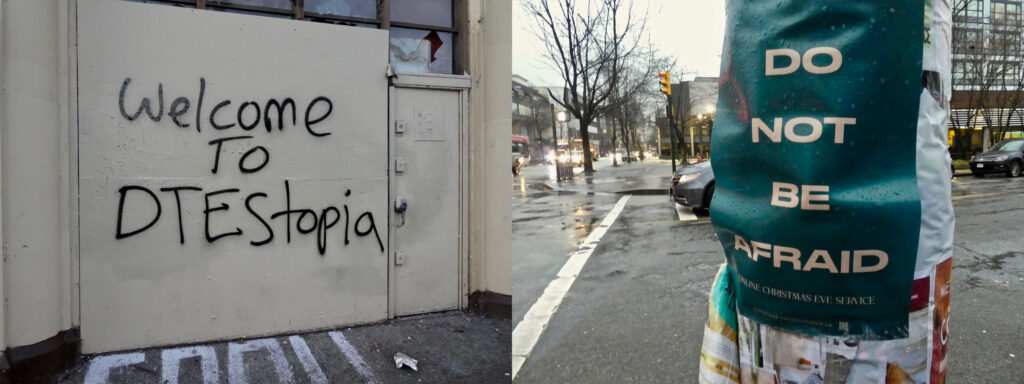

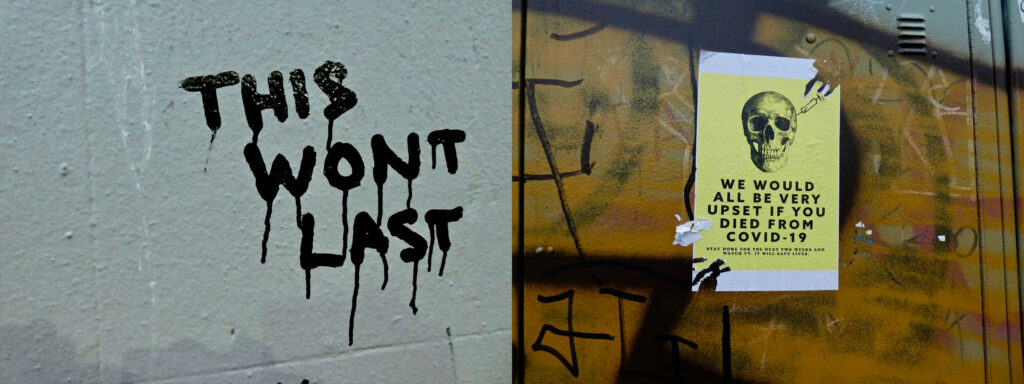

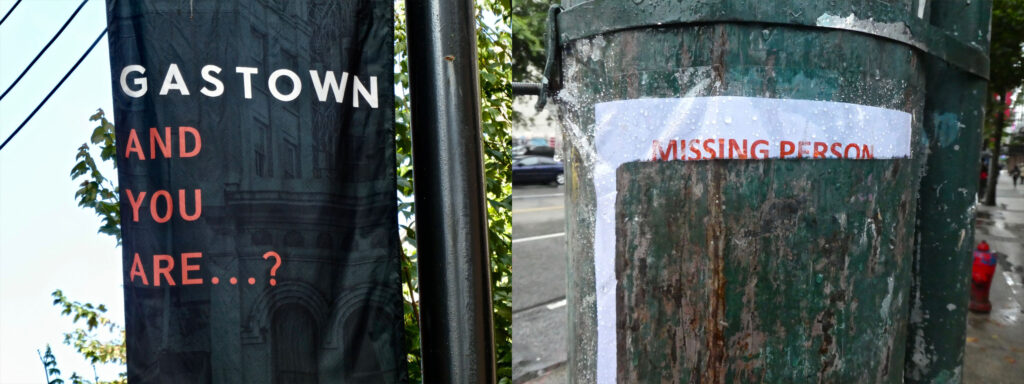

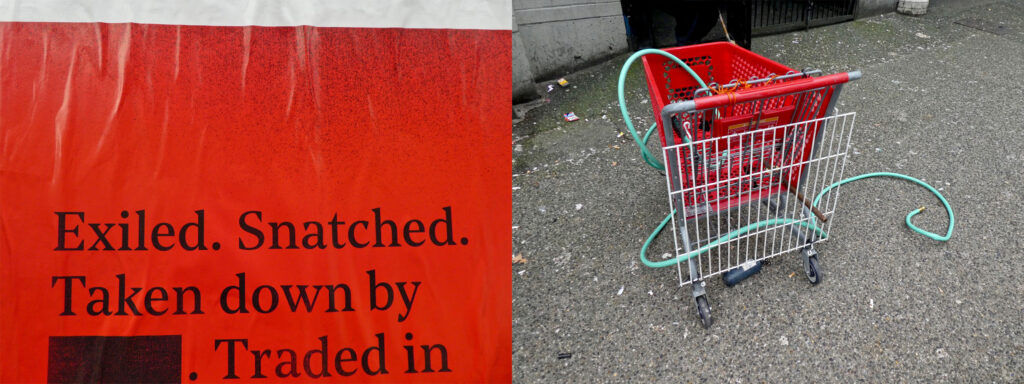

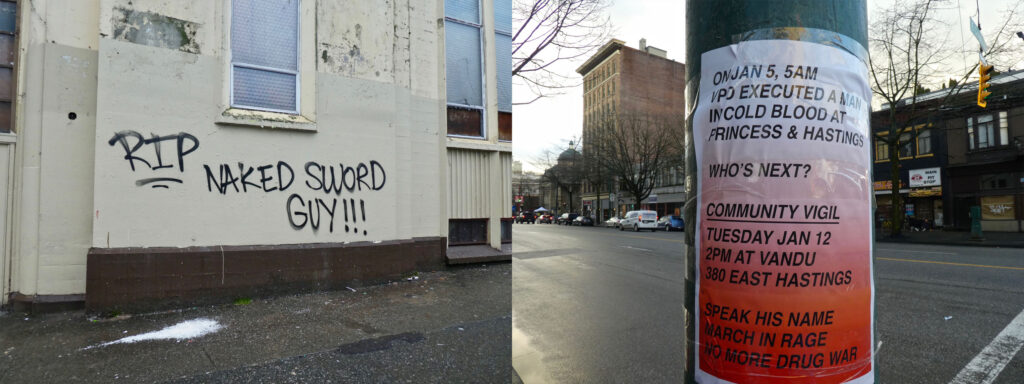



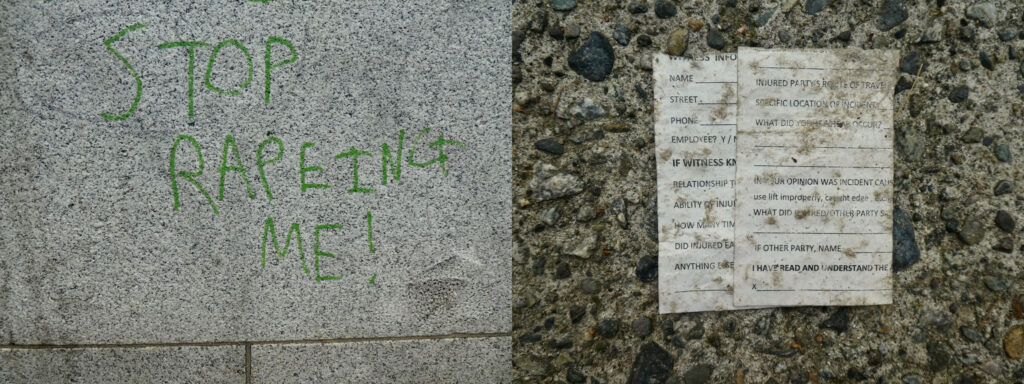
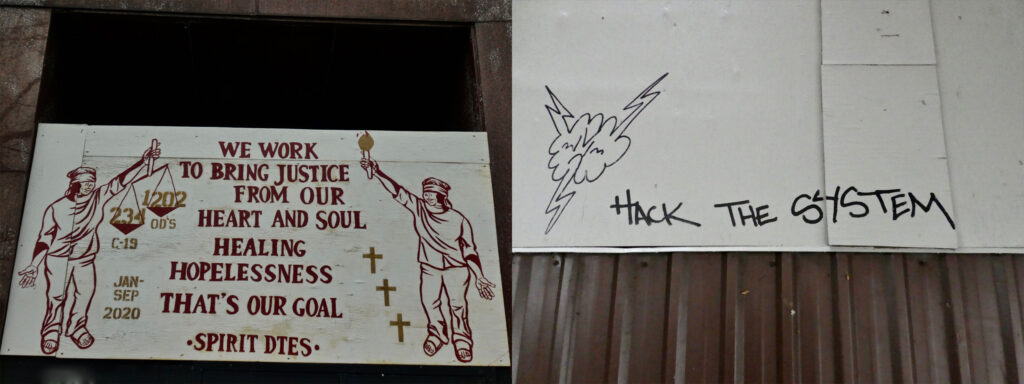

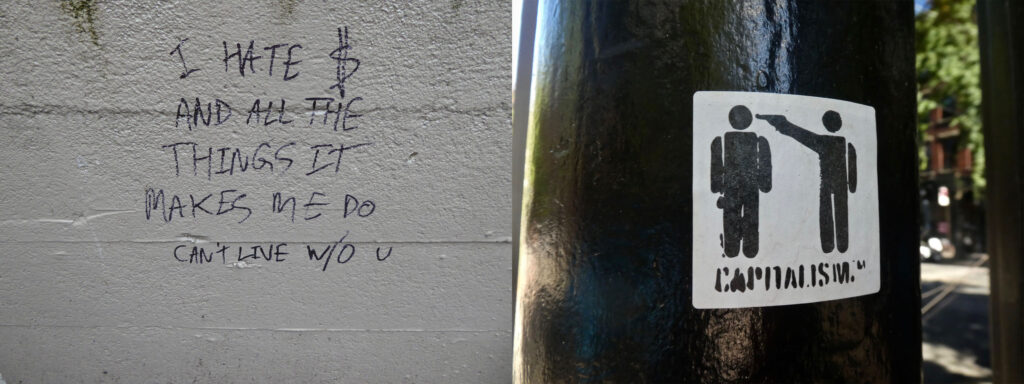

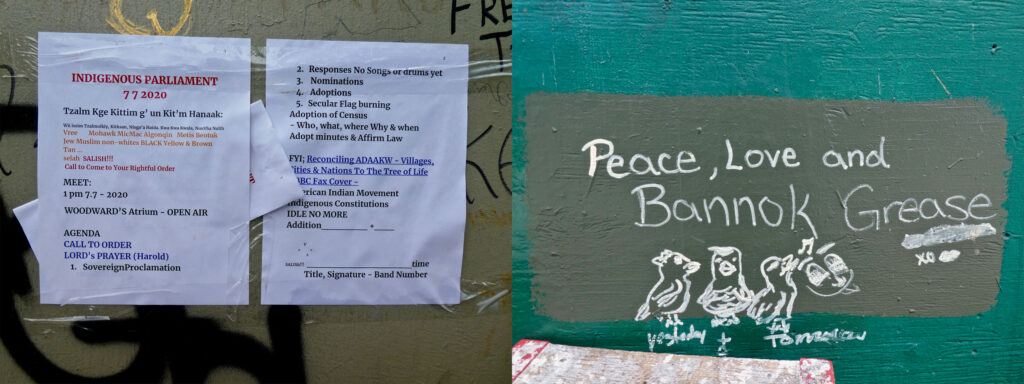

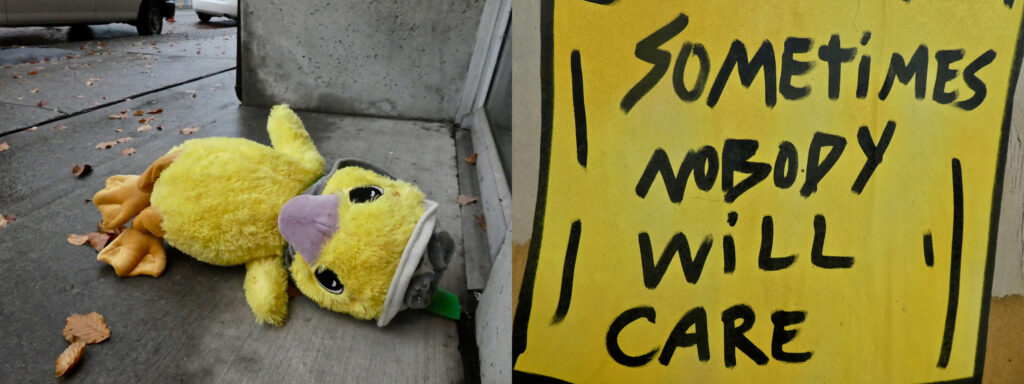

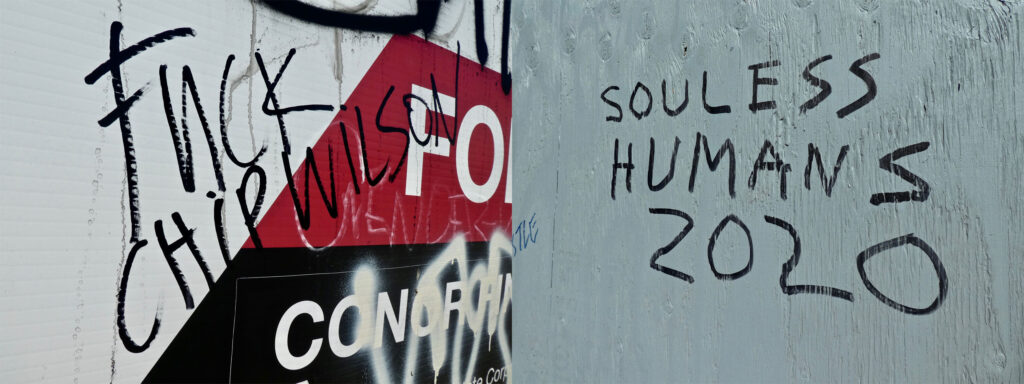

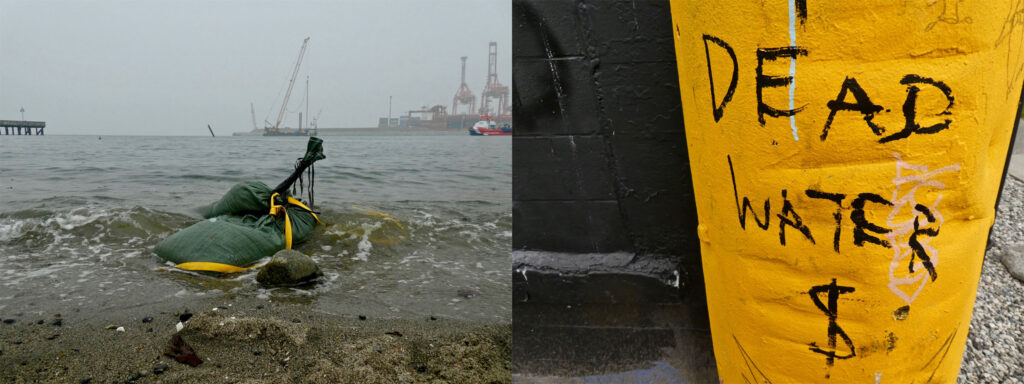
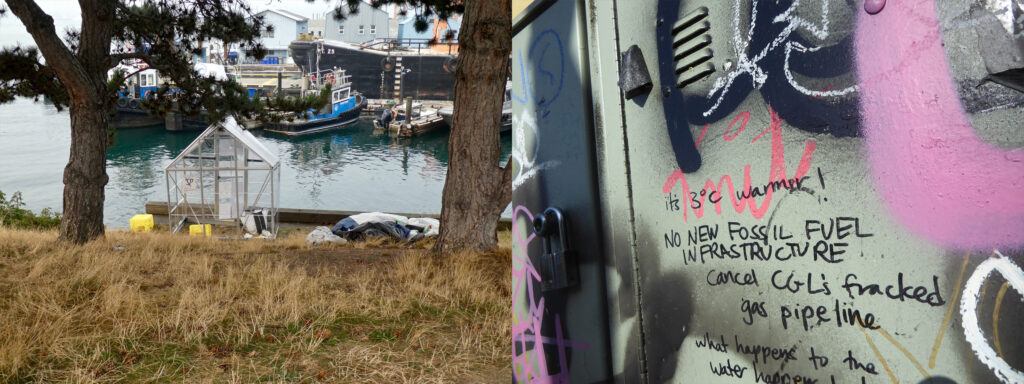

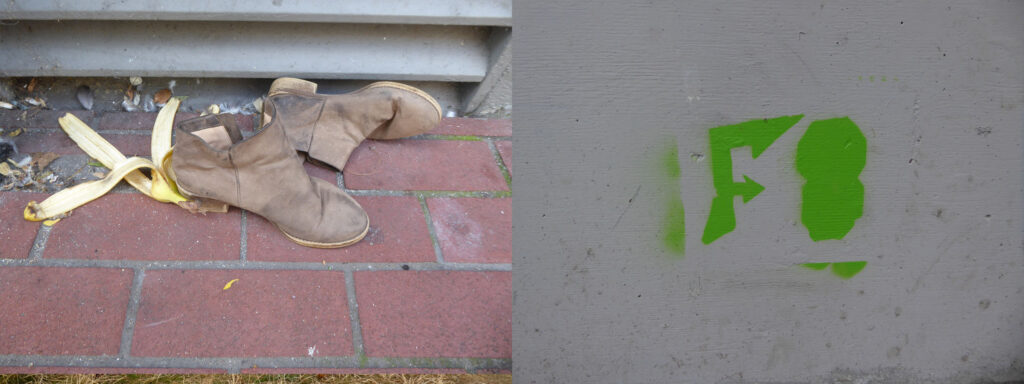


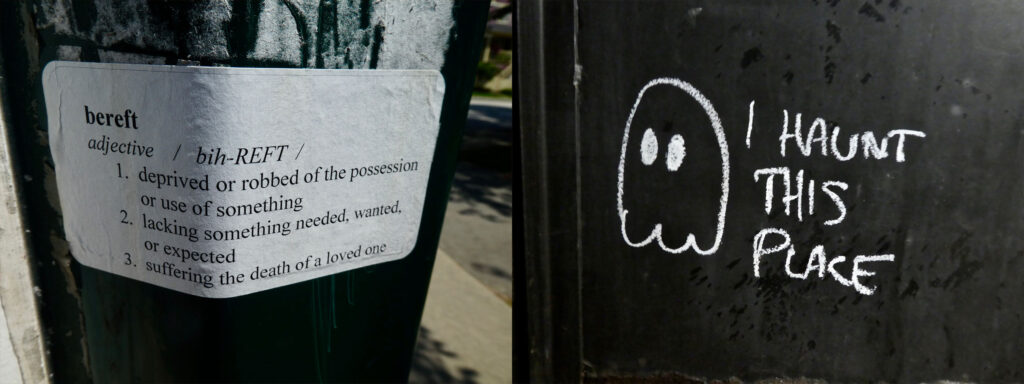

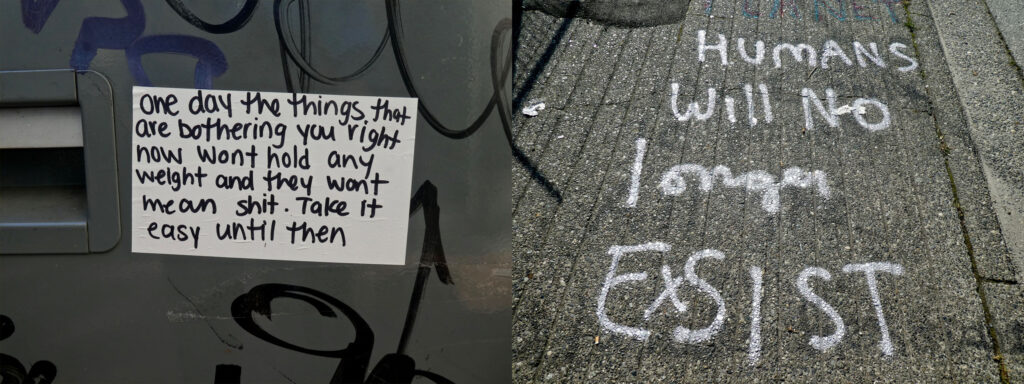


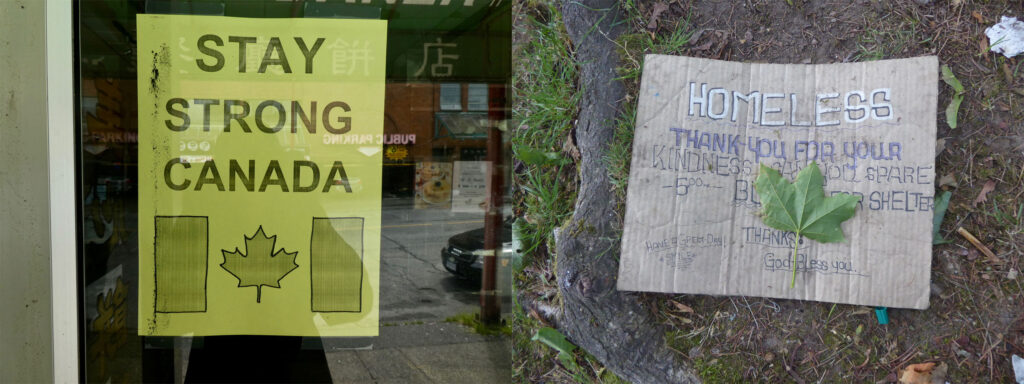

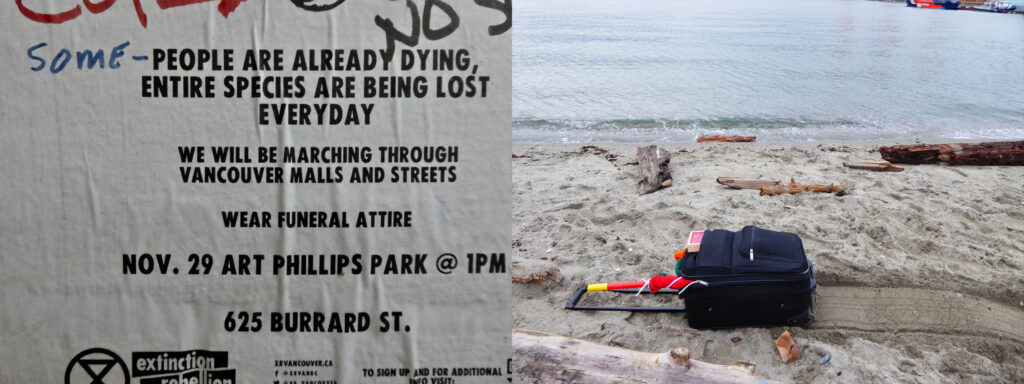

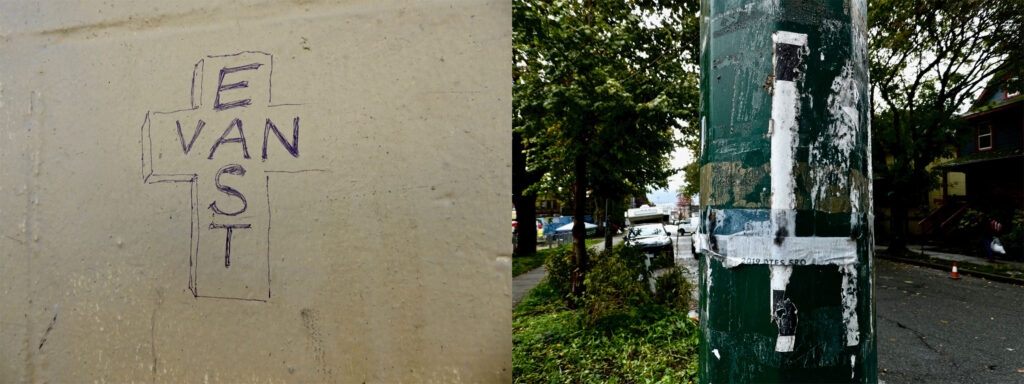
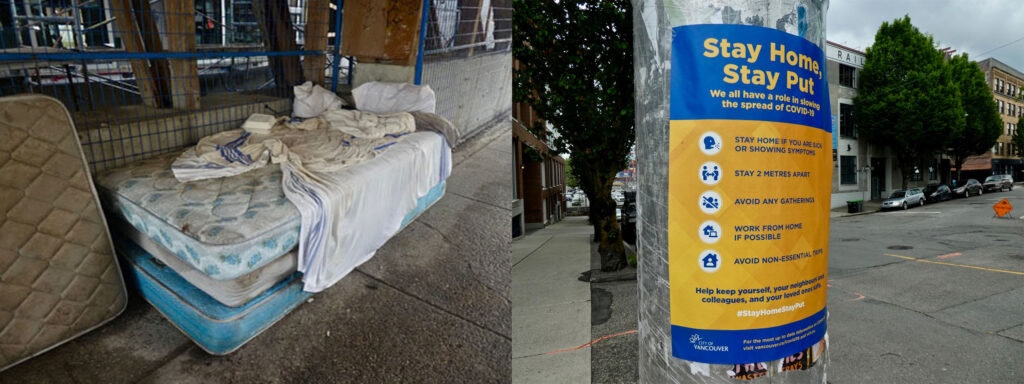

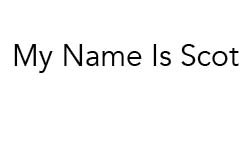
Very smart hard hitting and meaningful photos. Carefully grouped in a way that lays bare the damage done by the uncaring on societies uncared-for.
Thanks Daniel for your thoughtful feedback, much appreciated xs